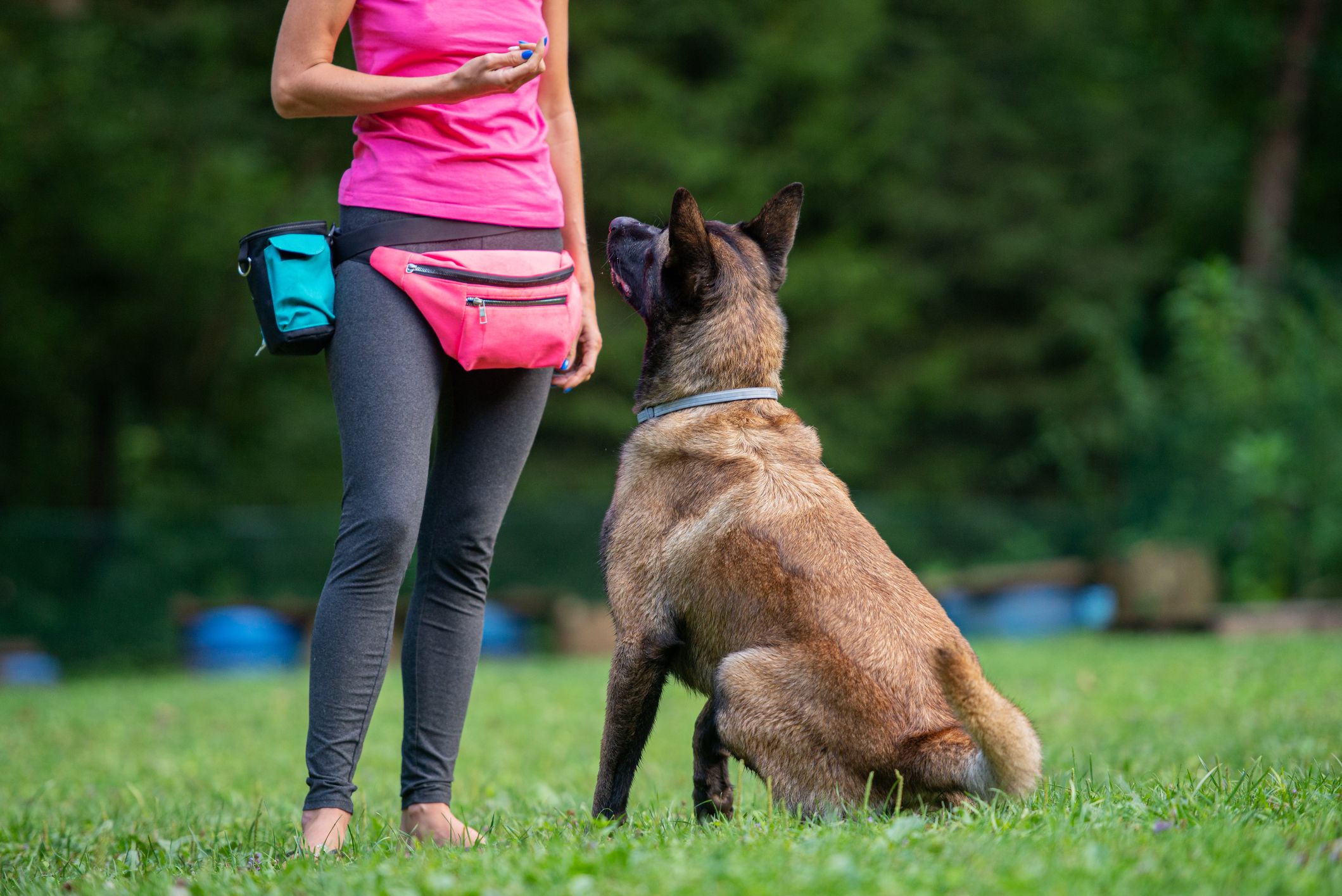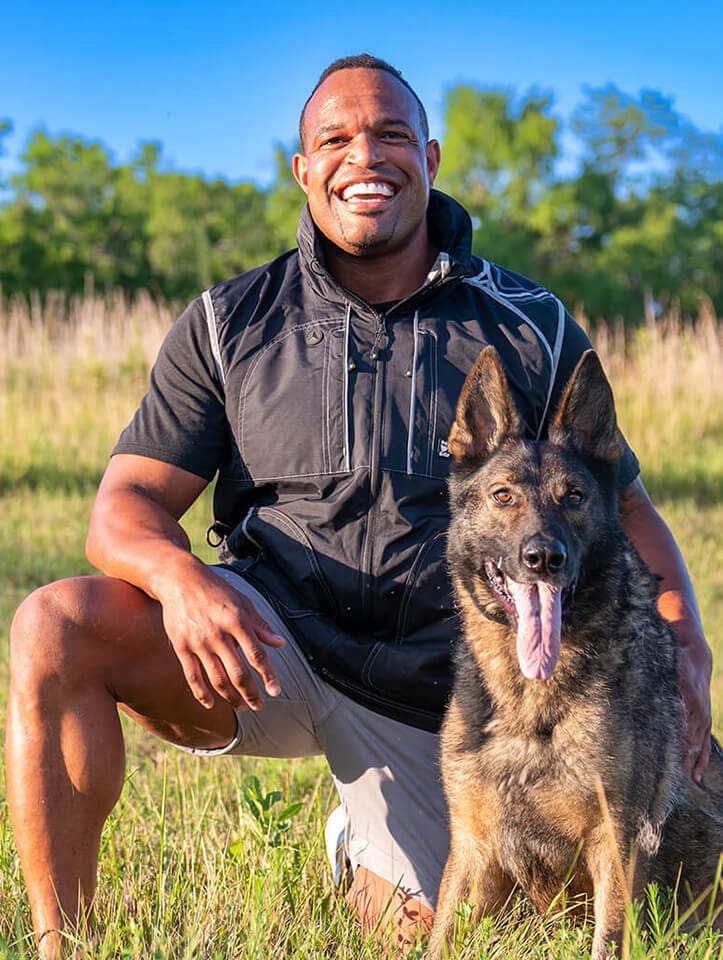Board and train Raleigh NC options to ensure your dog’s progress.
Board and train Raleigh NC options to ensure your dog’s progress.
Blog Article
Master Necessary Commands: Efficient Dog Educating Facilitated
Effective pet training is a basic aspect of responsible family pet ownership, and mastering essential commands works as the foundation for an unified relationship in between trainer and pet dog. Commands such as "Sit," "Stay," and "Come" not only promote interaction but also advertise a much safer setting. Employing positive support methods can improve the knowing experience, yet lots of face challenges in attaining consistent outcomes. Comprehending the subtleties of canine habits and the training process is key; however, the trip to a well-trained pet dog frequently presents unexpected hurdles that call for focus. What techniques can really change these obstacles right into chances for growth?
Comprehending Your Pet's Actions
To understand the nuances of reliable dog training, it is necessary to damage down and evaluate your dog's behavior. Dog training. Recognizing the inspirations behind your pet's activities is essential; actions can originate from instinct, worry, exhilaration, or a wish for focus. By observing your pet in numerous situations, you can identify patterns that may indicate underlying feelings or requirements
For example, a pet that barks exceedingly may be expressing monotony, stress and anxiety, or a demand for social interaction. Conversely, a pet dog that exhibits damaging actions may be seeking stimulation or alleviation from anxiety. Acknowledging these triggers enables you to customize your training strategy efficiently.
Furthermore, it is essential to think about the pet's type characteristics, as they can influence habits dramatically. Some breeds are inclined to certain attributes, such as herding or guarding reactions, which can affect their responses to certain stimulations.
Lastly, uniformity in your feedbacks to your pet dog's behavior promotes a much better understanding in between you and your animal. This shared understanding is fundamental for constructing depend on and facilitating an effective training process that nurtures both behavioral modification and favorable reinforcement.
Crucial Commands to Instruct
Educating crucial commands is a fundamental facet of efficient pet training, providing the structure for a well-behaved and responsive animal. These commands not just enhance communication between the proprietor and the dog yet also ensure safety and security in various environments.
One of the most critical commands include "Sit," which urges your pet to stay stationary and calm; "Remain," which strengthens the concept of continuing to be in one place up until launched; and "Come," which is essential for recalling your pet dog from potentially hazardous situations. "Down" instructs canines to exist down, promoting leisure and control, while "Leave it" helps protect against canines from getting harmful or undesirable things.
" Heel" is another vital command that encourages your canine to stroll very closely next to you, boosting chain manners. Last but not least, "No" functions as a critical boundary-setting command, helping to fix unwanted habits.
Training Methods for Success
Efficient dog training relies heavily on using a variety of techniques that deal with both the dog's discovering design and the owner's training goals. One key technique declares support, which entails fulfilling desired habits with deals with, appreciation, or play. This technique motivates the dog to repeat those habits, promoting a strong bond between proprietor and pet.

An additional efficient strategy is remote control training, where a distinct sound, made by a remote control, notes the exact minute a canine carries out a preferred activity. This precise timing aids pets link the habits with the benefit, improving their understanding.
Uniformity is critical in all training approaches. Establishing clear commands and preserving the same signs helps the dog grasp assumptions more swiftly. Additionally, brief, appealing training sessions stop monotony and increase retention.
Integrating socialization chances is likewise important. Revealing dogs to numerous atmospheres, individuals, and other pets assists them develop confidence and flexibility.
Last but not least, perseverance plays a considerable duty in effective training - Dog training. Each dog discovers at their own rate, and recognizing this can lead to an extra delightful training experience for both the owner and the pet. Executing these techniques will certainly establish the foundation for efficient dog training
Common Challenges and Solutions
In spite of the finest training see this website techniques, pet owners typically come across typical obstacles that can impede progress. When household members use various commands for the same actions, it perplexes the pet dog, leading to irregular reactions.

In addition, some dogs may display stubbornness or absence inspiration. This can frequently be attended to by incorporating favorable reinforcement techniques, such as treats or praise, to encourage preferred actions. Tailoring benefits to what your canine finds most encouraging can substantially improve their involvement.
Last but not least, worry or anxiety can hinder progress in training. Identifying signs of stress and changing the training speed appropriately is critical. Utilizing gradual exposure to feared stimulations can assist develop confidence with time, helping with an extra effective training experience.
Maintaining Uniformity and Patience
Uniformity and persistence are critical in pet dog training, as they create the foundation for accomplishing lasting behavioral changes. Pet dogs flourish on routine and clear expectations; hence, preserving a regular strategy in commands, benefits, and corrections is vital. When fitness instructors make use of the same hints and signals dependably, dogs are much better able to comprehend what is being asked of them. Inconsistency can lead to complication and frustration, threatening the training process.
Just as important is the role of patience. Training a pet is not an instantaneous procedure; it needs time and rep. Pets, much like people, have differing finding out speeds and might not comprehend commands promptly. Trainers should recognize this and continue to be tranquil, offering motivation as opposed to disappointment. Positive support plays a crucial duty here, fulfilling wanted actions and helping to promote a trusting connection between the dog and instructor.
Conclusion
Mastering vital commands he said is basic to reliable canine Our site training, cultivating boosted interaction and strengthening favorable behaviors (Dog training). Inevitably, a well-trained pet not just exhibits good actions but likewise develops confidence, adding to an unified connection between the canine and its owner.
Report this page